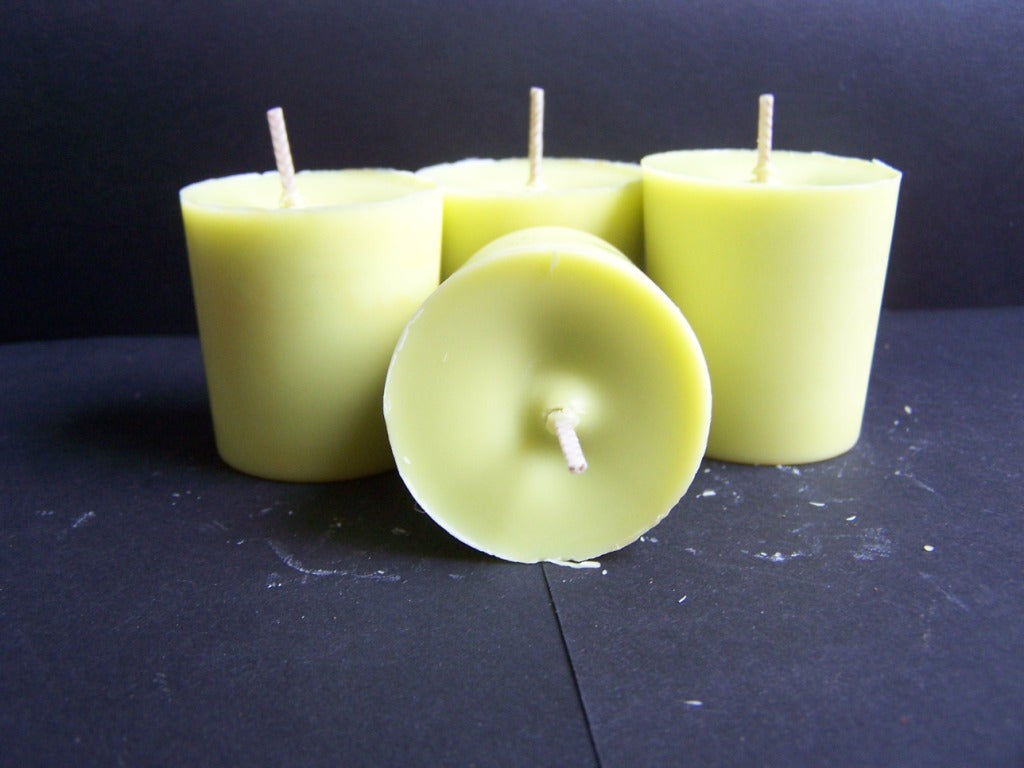Discover the World of Crystal Soy Candles and Home Fragrance Thrills
Discover the World of Crystal Soy Candles and Home Fragrance Thrills
Blog Article
From Wick to Wax: Understanding the Chemistry Behind Soy Wax Candles and Their Environmental Effect
As we brighten our rooms with the cozy glow of candles, there lies a realm of complex chemistry behind the apparently basic act of lighting a soy wax candle light. Join us as we untangle the clinical details behind soy wax candles and explore their effects on our setting.
Soy Wax Vs. Paraffin Wax
When contrasting soy wax and paraffin wax for candle production, it is essential to understand the distinctive characteristics and advantages of each material. Soy wax is an all-natural, renewable energy stemmed from soybean oil, making it environmentally friendly and biodegradable - crystal soy candles. On the other hand, paraffin wax is a byproduct of petroleum refining, which increases problems about its environmental influence and sustainability
Soy wax candles burn cleaner and release less soot compared to paraffin wax candles, making them a much healthier choice for indoor air quality. In addition, soy wax has a reduced melting factor, enabling a longer-lasting candle light that spreads scent better. Paraffin wax, on the various other hand, tends to shed faster and much less easily, possibly launching harmful chemicals into the air.
From a sustainability viewpoint, soy wax is favored for its biodegradability and eco-friendly sourcing, lining up with the expanding consumer preference for environmentally aware items. While paraffin wax has actually been a standard selection in candle making due to its cost and simplicity of usage, the change towards green choices like soy wax is obtaining momentum in the market.
Chemical Composition of Soy Wax

Burning Process in Soy Candles
The chemical composition of soy wax straight affects the combustion process in soy candle lights, impacting variables such as melt time, fragrance release, and ecological impact. When a soy candle is lit, the warm from the fire melts the wax near the wick. This liquid wax is then attracted up the wick because of capillary action. As the liquid wax gets to the flame, it undergoes and evaporates burning. The combustion process includes the vaporized hydrocarbons in the wax responding with oxygen airborne to produce heat, light, water vapor, and carbon dioxide.
The combustion effectiveness of soy candles is affected by the pureness of the soy wax and the quality of the wick. Furthermore, soy wax candles have a lower ecological impact compared to paraffin candles due to their eco-friendly and eco-friendly nature.

Ecological Advantages of Soy Wax

Taken into consideration a sustainable choice to traditional paraffin wax, soy wax uses noteworthy ecological advantages that make it a prominent selection among eco-conscious consumers. One significant advantage of important site soy wax is its eco-friendly sourcing. Soy wax is derived from soybean oil, which is mostly cultivated in the United States. The cultivation of soybeans helps sustain regional farmers and reduces the reliance on non-renewable nonrenewable fuel sources used in paraffin wax production. Additionally, soy wax is biodegradable, suggesting it breaks down normally without launching harmful toxic substances into the atmosphere. This particular makes soy wax candle lights an extra environmentally pleasant option contrasted to paraffin wax candle lights, which are made from petroleum, a non-renewable source. Moreover, soy wax burns cleaner and creates much less soot than paraffin wax, contributing to better indoor air high quality and decreasing the demand for cleansing and maintenance. Overall, the ecological benefits of soy wax align with the growing demand for lasting and environmentally friendly items on the market.
Recycling and Disposal Considerations
Recycling and appropriate disposal of soy wax candle lights play an important function in keeping ecological sustainability and minimizing waste in houses and neighborhoods. The first action is to make sure that the candle has melted totally when it comes to reusing soy wax candles. This can be achieved by permitting the get more candle light to shed till the wick is no much longer usable, and after that letting the remaining wax cool and strengthen. When the wax has actually solidified, it can be meticulously removed from the container.

In regards to disposal, if recycling is not a choice, soy wax candles are biodegradable and can be securely taken care of in most household waste systems. However, it is constantly suggested to contact regional recycling centers or waste management solutions for particular guidelines on candle disposal to make certain proper handling and environmental management.
Final Thought
In verdict, the chemistry behind soy wax candles reveals their ecological advantages over paraffin wax candle lights. Soy wax, derived from soybean oil, burns cleaner and produces much less residue when compared to paraffin wax. The combustion procedure in soy candle lights is extra efficient, bring about a much longer and much more also shed. Furthermore, soy wax is sustainable and eco-friendly, making it a much more sustainable option for link candle manufacturing. Recycling and proper disposal of soy wax candles even more add to their environmental impact.
When contrasting soy wax and paraffin wax for candle making, it is important to comprehend the distinct attributes and benefits of each material (crystal soy candles).Soy wax candle lights shed cleaner and give off less soot contrasted to paraffin wax candle lights, making them a much healthier choice for indoor air quality.Considered a sustainable alternative to standard paraffin wax, soy wax provides significant environmental advantages that make it a popular selection amongst eco-conscious consumers. Soy wax burns cleaner and creates much less residue than paraffin wax, contributing to far better interior air high quality and lowering the demand for cleansing and upkeep.In conclusion, the chemistry behind soy wax candles exposes their environmental advantages over paraffin wax candles
Report this page